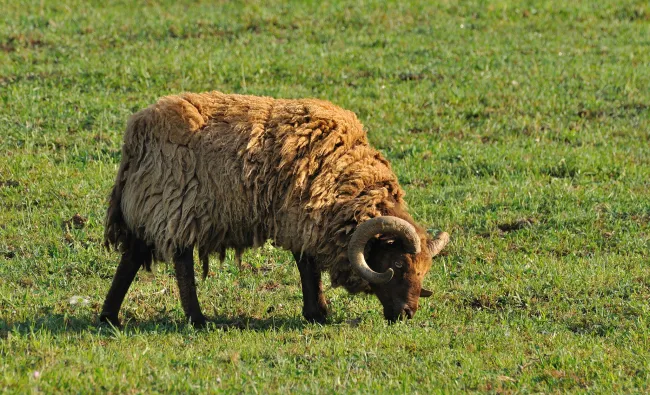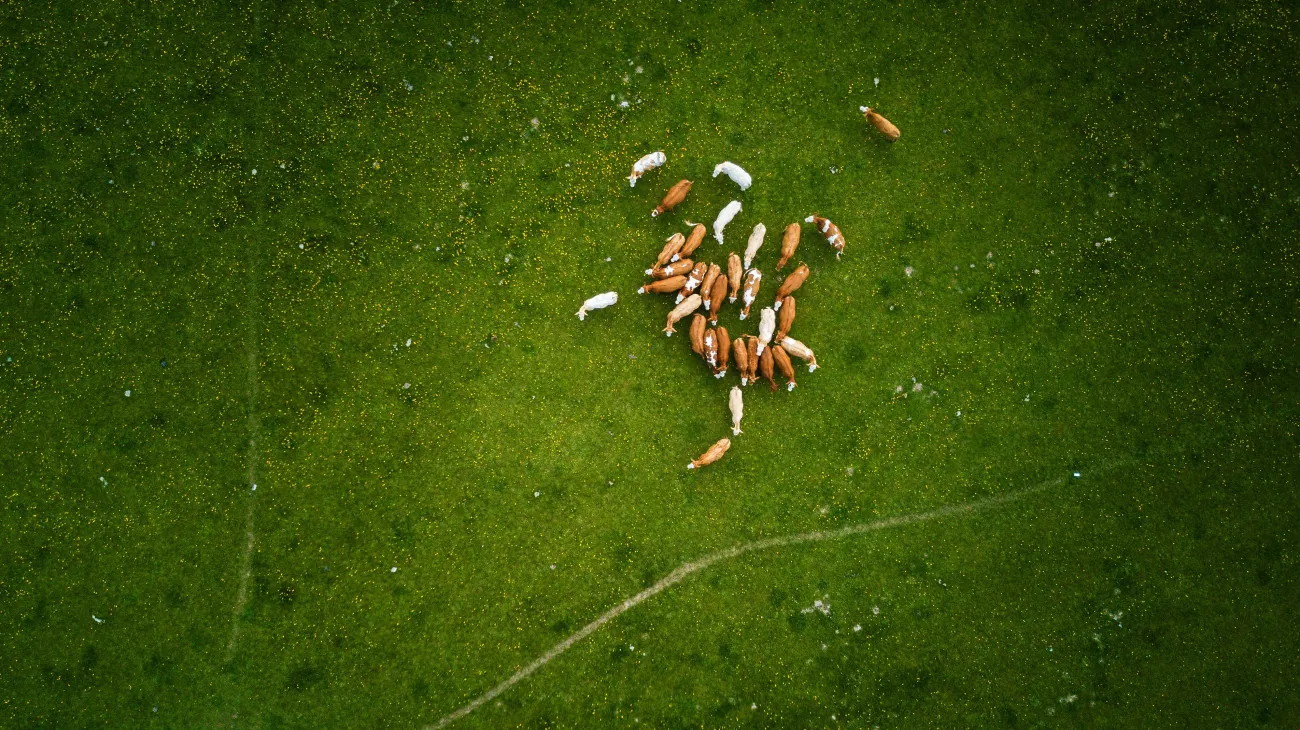This research article provides a new quantitative analysis of data on global feed use and feed use efficiency by livestock, in order to help shed light on livestock’s role in food security.

The introductory section of the paper provides a well-balanced view of the role of livestock in food security, acknowledging both the benefits (mainly in terms of nutrition, but also in terms of providing farm services and income) of livestock rearing, and the drawbacks (mainly in terms of the opportunity costs of feeding human-edible crops – or feed grown on land suitable for growing human edible crops – to animals with arguably poor feed conversion ratios).
The authors classify animal feed in terms of its human edibility and opportunity cost of the land it is grown on, and use a Global Livestock Environment Assessment model (a specific type of Life Cycle Assessment, LCA) to model feed rations for multiple different monogastrics and ruminant livestock animals. The results of this analysis were compared with the findings of 121 peer-reviewed papers on feed rations, revealing strong agreement. Further modelling allowed for the calculation of global land use requirements to provide these quantities of feed.
The key findings of the study were:
- The global livestock sector ingested ~6 billion tonnes of feed in 2010, ~14% of which was human edible. Total human-edible feed consumption is higher among monogastrics than ruminants.
- Monogastrics convert total feed to food more efficiently than ruminants (~30 kg dry matter of feed per kg protein produced of monogastrics, vs ~133 kg for ruminants), but require higher quality (i.e. more human-edible) feedstuffs. There is large variation in these numbers due to different production systems.
- Ruminants produce 1 kg of protein from 0.6 kg of human-edible plant protein (which is possible because ruminants also eat non-human-edible feed), whereas monogastrics produce 1 kg of protein from every 2.0 kg of human-edible plant protein. Ruminants therefore make a net positive contribution to global protein availability.
- In terms of boneless meat production, ruminants use 2.8 kg of human-edible feed per kg produced, compared with 3.2 kg for monogastrics.
- 14% of global agricultural land, equating to half of global arable land which would be suitable for growing human-edible crops, is used for livestock grazing. Including land used for feed production, a total of about 40% of global arable land is used to rear and feed livestock.
- Milk and meat demand increases mean that land use for livestock feed production will increase if feed conversion ratios do not significantly improve (i.e. decrease).
The authors discuss the alignment and additional contributions of their work to previous studies, acknowledge the limitations and constraints of their methodology (mainly centering on a lack of available data) and state their hope that their analysis will inform further economic modelling. They conclude that further data collection and modelling of livestock feed/food ratios is needed to inform future food security efforts.
Abstract
Livestock contribute to food security by supplying essential macro- and micro-nutrients, providing manure and draught power, and generating income. But they also consume food edible by humans and graze on pastures that could be used for crop production. Livestock, especially ruminants, are often seen as poor converters of feed into food products. This paper analyses global livestock feed rations and feed conversion ratios, with specific insight on the diversity in production systems and feed materials. Results estimate that livestock consume 6 billion tonnes of feed (dry matter) annually – including one third of global cereal production – of which 86% is made of materials that are currently not eaten by humans. In addition, soybean cakes, which production can be considered as main driver or land-use, represent 4% of the global livestock feed intake. Producing 1 kg of boneless meat requires an average of 2.8 kg human-edible feed in ruminant systems and 3.2 kg in monogastric systems. While livestock is estimated to use 2.5 billion ha of land, modest improvements in feed use efficiency can reduce further expansion.
Reference
Mottet, A., de Haan, C., Falcucci, A., Tempio, G., Opio, C., & Gerber, P. (2017). Livestock: On our plates or eating at our table? A new analysis of the feed/food debate. Global Food Security.
Read the full paper here.




Comments (0)